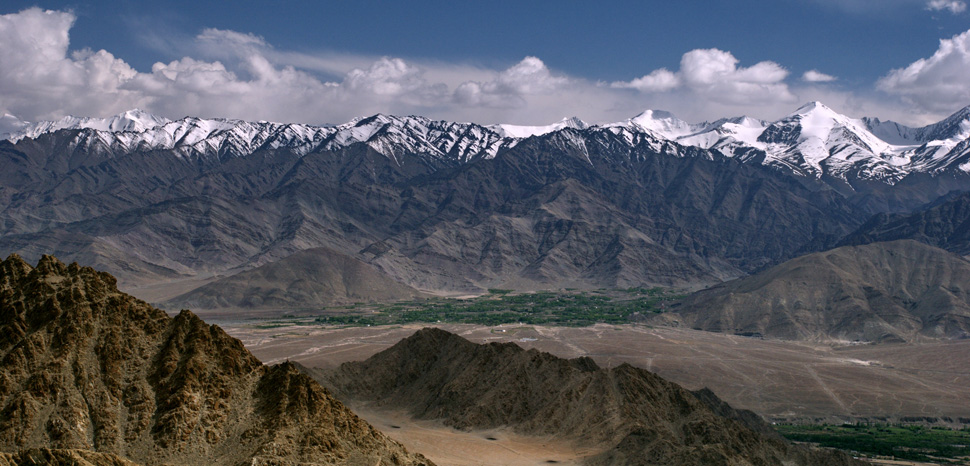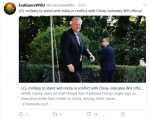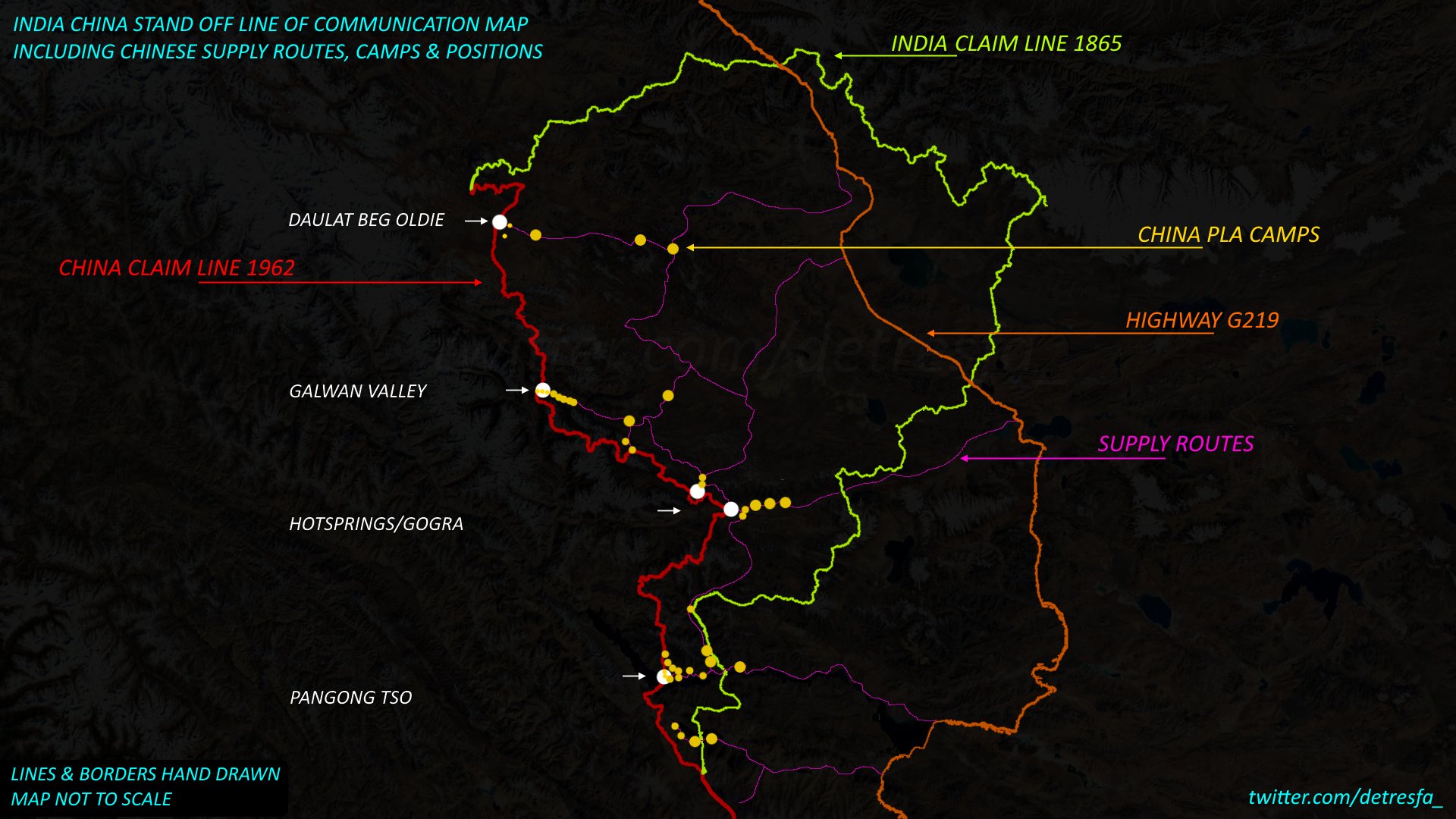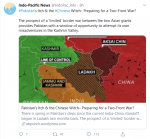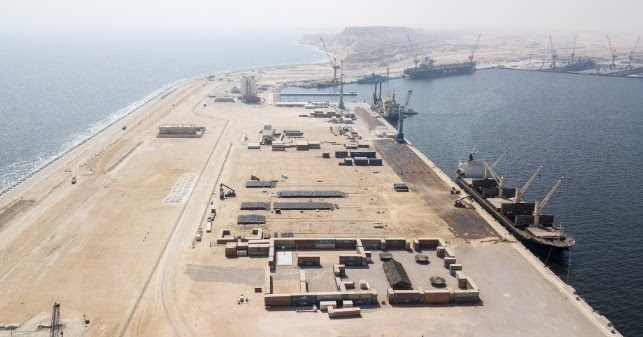Continued.....
With the PLA firmly ensconced at points further along Pangong Lake, Galwan Valley, and Depsang, and with time on China’s side, what are India’s options? First, it needs to stop the bleeding. The Indian Army has to deter Chinese forces from acquiring more territory, both at the current incursion points and at other potential points of vulnerability. This means adopting a robust defensive posture that denies any deeper incursions at the existing friction points. New Delhi should also identify any additional vulnerable points along its frontier with China, focus intelligence, surveillance, and reconnaissance assets on detecting potential Chinese threats to those points, and deploy forces to deny the PLA additional gains elsewhere. Simply put, India cannot afford additional fronts or any deeper penetration where it has already suffered losses.
This will be easier said than done. China has not seized positions willy nilly: In many locations it holds positions precisely because they are valuable and easier to defend than alternative claim lines. For India, stopping additional transgressions thus risks advertent escalation if it must meet Chinese penetrations head-on. There is also the growing risk of inadvertent escalation if tempers flare again — altitude and harsh conditions stress the short fuse forces may have in this area — or if there is an accident, for example involving helicopters operating in bad weather and difficult terrain, or between the speedboats that both countries deploy on Pangong Lake. Aidan Milliff correctly
points out that the mountainous, high-altitude terrain in eastern Ladakh may inhibit fears of a large-scale war, but that same terrain creates “multiple windows of opportunity at the tactical level” that might provoke clashes, many of which could prove deadly. Although India’s military mobilization is now
substantial, with both ground and air forces shifted to the theater and postured to deter further Chinese penetration, China has also amassed substantial forces in depth along with artillery and air power. Moreover, India has
eliminated previous restrictions on the use of firearms at the border and granted “complete freedom of action” to military commanders to respond to “extraordinary situations” after the June 15 clash, and it should be assumed that China has done the same. All the ingredients for further loss of life persist, then, even if India’s sole goal is to stop further Chinese incursions.
If India is successful in preventing additional losses, in the medium to long term how can it attempt to restore the pre-May status quo? The problem with faits accomplis is that the defender’s options to reverse them once completed range from bad to worse to downright ugly. There are really only three options, all of which are difficult to achieve in practice.
The first option is to try to expel Chinese forces directly. This means amassing enough military power to successfully execute limited offensives at the points China now occupies and drive PLA forces back, in order to reestablish control of the lost territory or at least deny Chinese control thereof. This is a substantial amount of terrain stretching approximately 200 kilometers, from the Depsang Plains in the north past the Galwan Valley incursion, and beyond the Hot Springs transgression to Pangong Lake further south, where China has apparently
seized several additional kilometers of lakefront property.
There are two problems with the direct expulsion option. First, time is on China’s side. The PLA is consolidating its new positions, making it more difficult for India to undertake limited coordinated offensives at any one point, let alone all of them. Second, the mountainous terrain likely benefits the defender — in this case Chinese troops who now occupy large portions of the disputed territory — because amassing enough forces and firepower to dislodge a fortified position with limited offensives may be nearly impossible now without significant escalation. India might have to open up a new front to put pressure on Chinese lines at more tactically vulnerable points or use artillery or airpower — or both — on or behind the Line of Actual Control for the first time in decades, inviting unpredictable responses from China.
The second option available to India is to indirectly expel Chinese forces by generating leverage at other points or in other domains, and trade for withdrawal. New Delhi could symmetrically seize equivalent, relatively undefended, territory on the “Chinese side” of the border and trade it in a negotiation, or punish China elsewhere through other means. Such asymmetric punishment might include actions in another theater (e.g., the South China Sea), economic pressure, or diplomatic moves that signal India’s increasing willingness to align with a broader coalition to contain an aggressive China.
Here, India’s options are again limited and unattractive. There are certainly places along the disputed border where India possesses local advantages, such as it showed in
Chumar in 2014, and could theoretically seize land to trade away to restore the status quo ante. Unfortunately, India’s prospects for doing so now without the element of surprise are limited, as China will have likely anticipated such retaliation and improved its defenses in those areas, neutralizing many of India’s advantages. In the maritime domain, India’s navy certainly matches well with the PLA Navy in the Indian Ocean region, but its punitive options beyond that (e.g., in the South China Sea or western Pacific) are extremely limited. Furthermore, the track record of naval pressure achieving results on land is not inspiring and at best, as Julian Corbett
observed long ago, “its effects must always be slow.”
India’s non-military options are also realistically limited. Economically, the two countries’ trade balance favors China, and India is dependent on China for key inputs in major sectors — such as active ingredients in pharmaceuticals or
microchips in electronics — that are not easy to replace quickly. Even before the border crisis, India was
seeking to curtail Chinese direct investment, which is fairly modest in scale though arguably disproportionately influential in certain areas such as India’s
startup sector. India can also ban specific Chinese consumer goods and services, as it did on June 29 when it
blocked nearly 60 mobile applications including TikTok, denying Chinese companies access to Indian users and data. However, in many areas these moves will prove more irksome or symbolic — and unenforceable — than coercive. Although India may attempt to reduce economic activity with China in the long term, its ability to do so in a timeframe that compels withdrawal from the heights of eastern Ladakh is limited. China is likely betting that any economic punishment will hurt India more than it hurts China, the world’s
second-largest economy and one on which India depends for much of its vertical supply chain.
Diplomatically, India may seek to strengthen its alignment with the United States and/or the other members of the “
Quad” of democratic powers in Asia, Australia and Japan. But, such moves were
already afoot before the latest crisis, and any further alignment with the West faces speedbumps — such as
India’s heavy dependence on Russian frontline military equipment — that will not suddenly disappear overnight. Most diplomatic moves are not likely to be painful enough to China to incentivize relinquishing valuable territory it now holds, and may merely reinforce Chinese hawks’ belief that India was always anti-China and merited preventive action as a result.
The third option is perhaps the ugliest, strategically and politically: India may have no choice but to accept China’s faits accomplis and anesthetize the domestic fallout by exploiting the ambiguity around the definition and non-delineation of the Line of Actual Control, claiming that it is not Indian territory, which of course depends on the definitions of “Indian,” “territory,” and frankly, “is.” There are hints that the Indian government is preparing itself and the domestic public to do just this, as Modi himself
stated that no Chinese forces were on “Indian territory” after an all-party meeting on June 19. Subsequent
clarifications only served to generate confusion. But faced with few military, diplomatic, or economic options to reverse Beijing’s faits accomplis, New Delhi may have no choice but to quietly accept them. The risk, of course, is that this approach may only further embolden China to be more aggressive toward India or seize additional territory. Even if ceding these particular points to China does not amount to a tactical loss for India on the ground, the broader impact of doing so could be quite costly.
In order to prevent future land grabs, India might have to mobilize a much larger force along the 2,000-plus mile border. Already, retired senior officers are
talking of the need to turn the Line of Actual Control into something akin to the heavily militarized and fenced Line of Control that divides Indian- from Pakistani-administered Kashmir. Attempting something this ambitious would be challenging during good times, and virtually impossible in the midst of a pandemic forecast to cause a
4.5 percent contraction in the Indian economy this year — the worst economic crisis India has faced in a generation. A New Delhi distracted by border disputes with China cannot focus on the broader strategic competition with Beijing, gives Pakistan some breathing room, and weakens itself by diverting precious resources to defending inhospitable terrain in the hinterland. Quiet acceptance of the accumulated Chinese revisions of the territorial status quo could amount to one of India’s greatest geopolitical and strategic setbacks in decades.
Looking Ahead
India finds itself in a very difficult position vis-à-vis China on their disputed border. At some point, India will have to determine how it could have allowed China to surprise it and execute faits accomplis in multiple places, and what the strategic and operational warning signs were that it missed or failed to act upon. But, at the moment, its immediate challenge is to stop the bleeding, which in and of itself has all the ingredients for a tense and potentially long and escalatory standoff between Asia’s two nuclear-armed giants. Even if it can halt additional gains by the Chinese military, New Delhi may find it difficult to restore the status quo, since its options range from bad to worse to ugly. This is precisely why faits accomplis are so attractive to states, and why they are so important to reverse quickly, before they are completed and consolidated. In international politics, possession is not just nine-tenths of the law, it
is the law.
Christopher Clary is an assistant professor of political science at the University at Albany, State University of New York and a nonresident fellow with the Stimson Center’s South Asia Program. Vipin Narang is an associate professor of political science and member of the Security Studies Program at the Massachusetts Institute of Technology and a nonresident scholar in the Nuclear Policy Program at the Carnegie Endowment for International Peace.
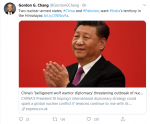
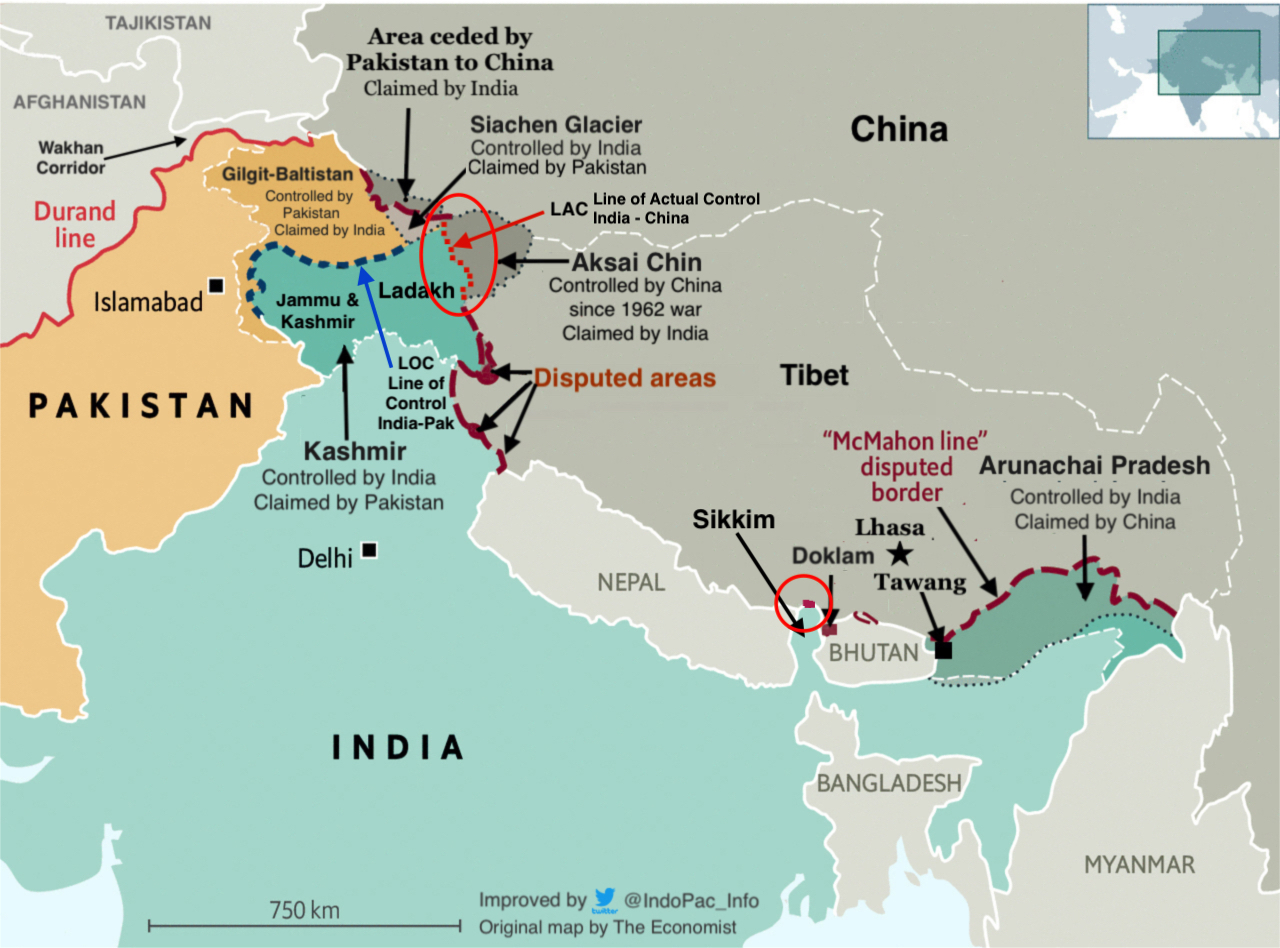
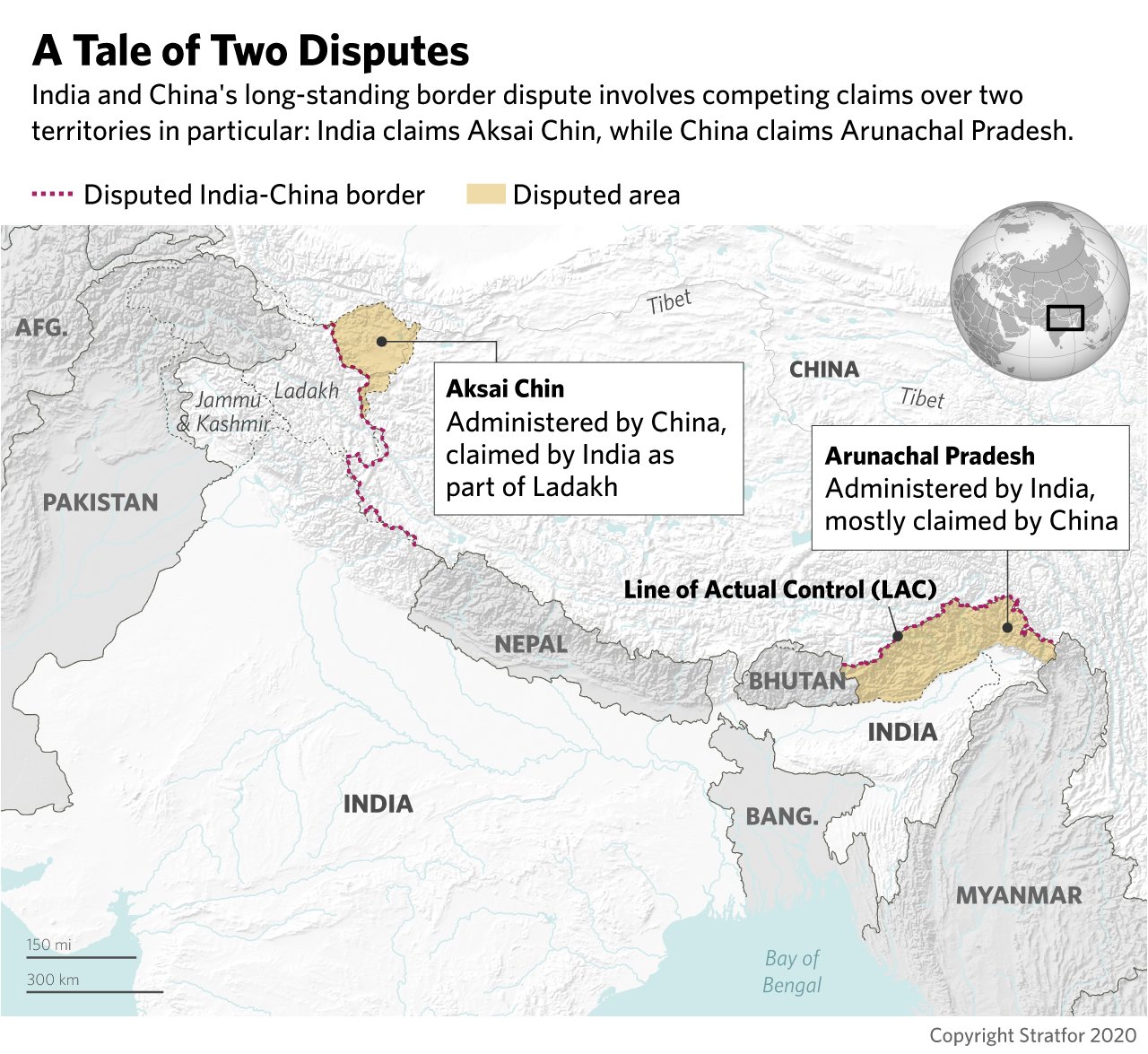

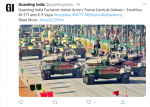
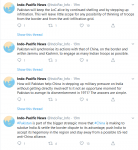





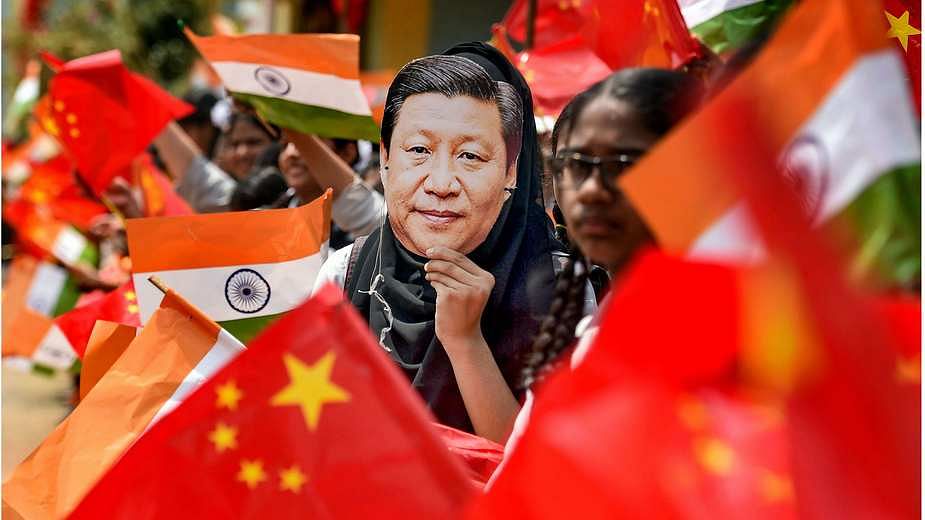




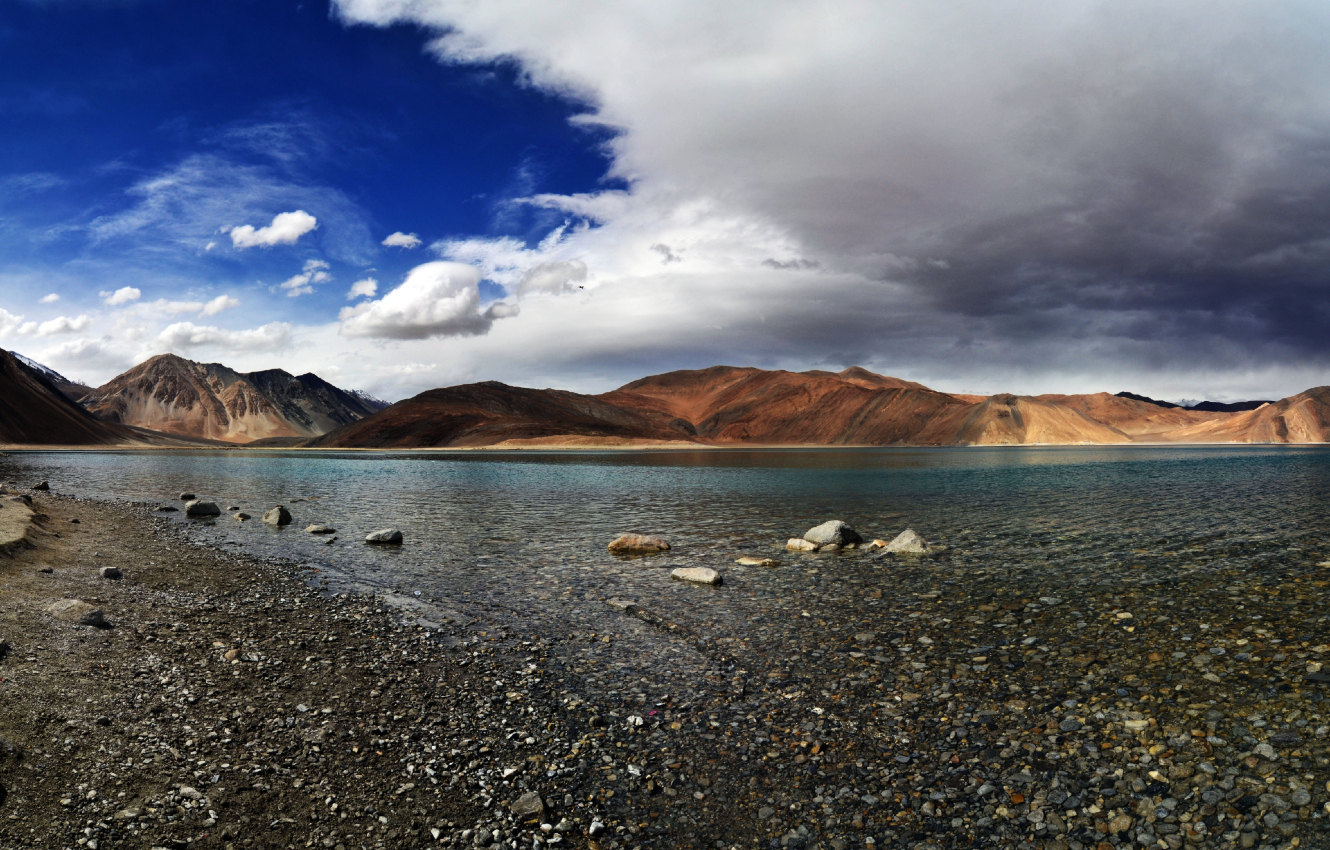


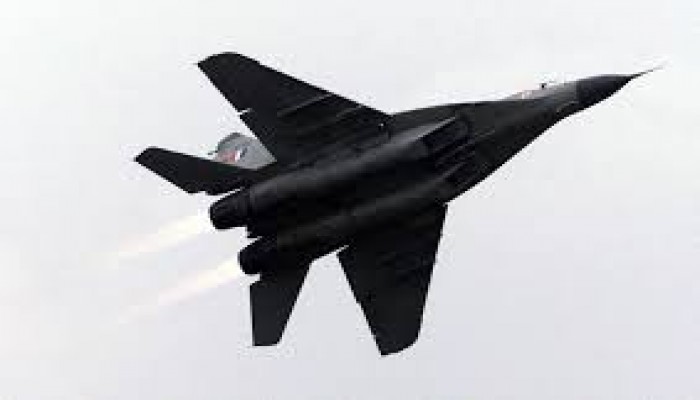
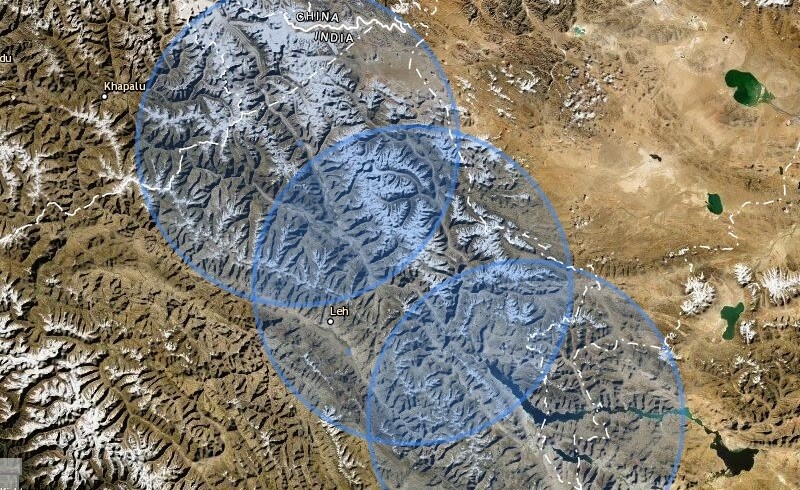
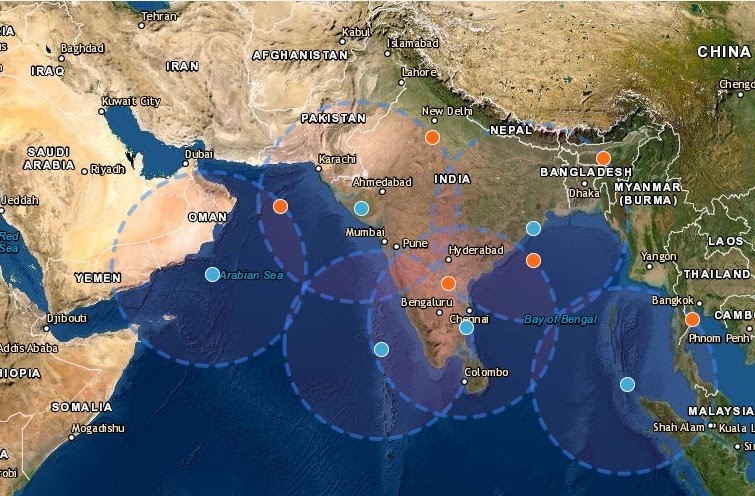
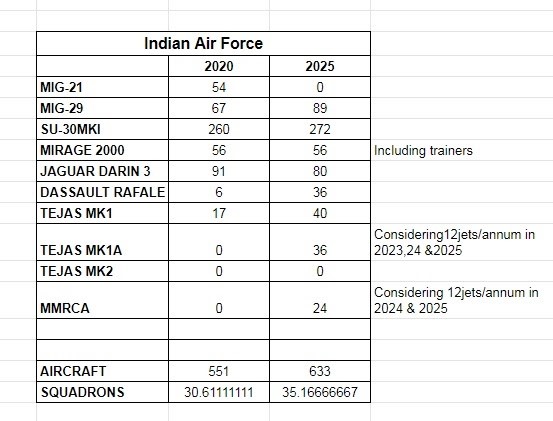
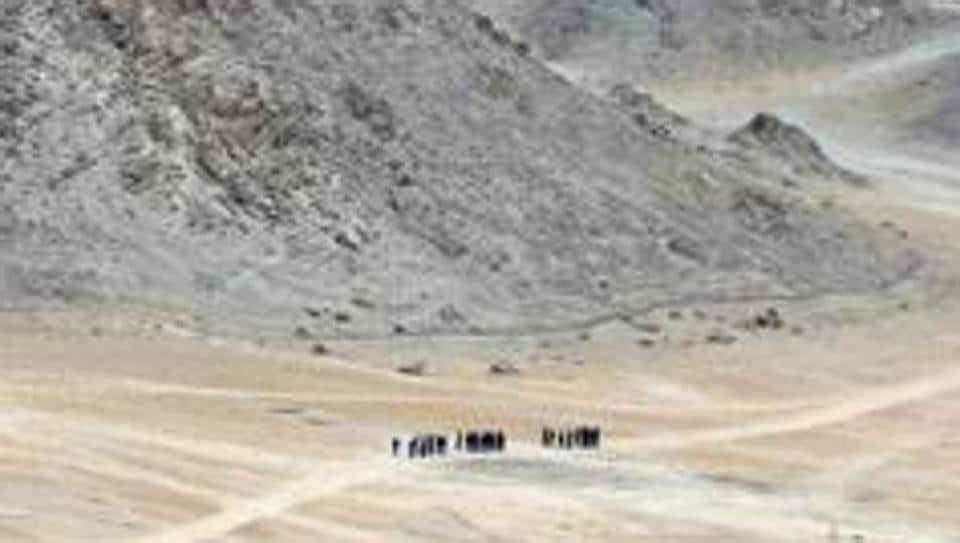

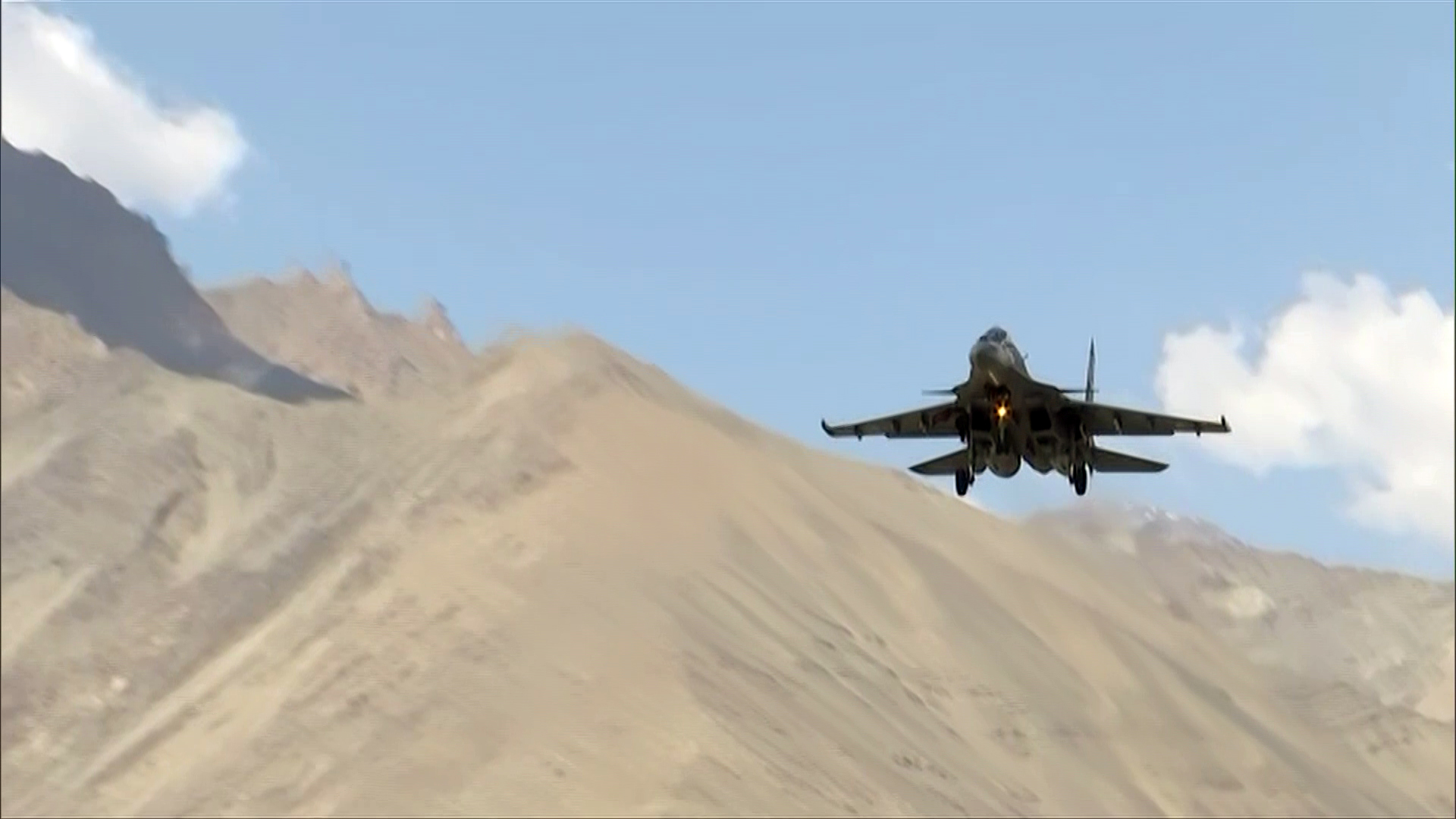

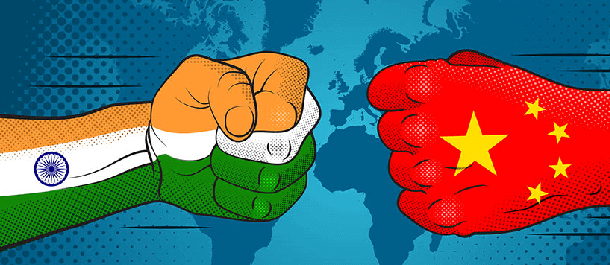



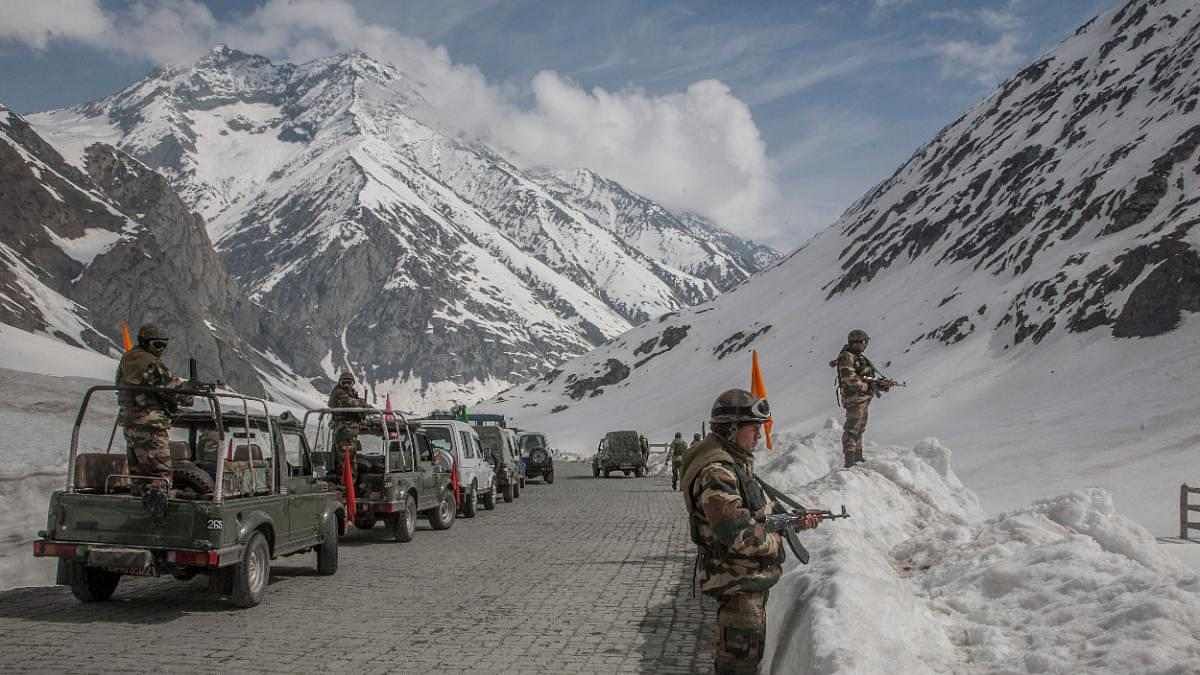


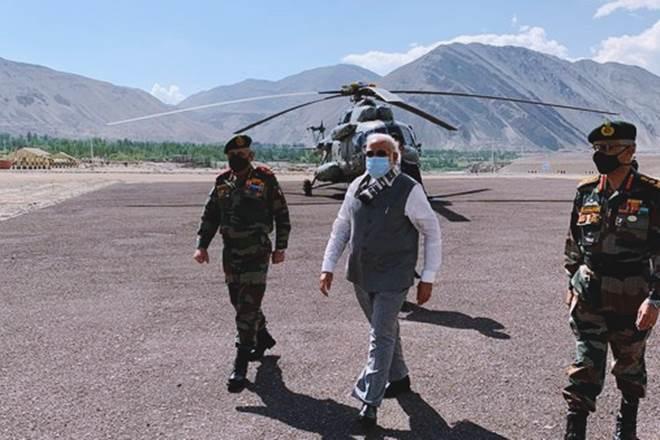 Modi in Ladakh on July 3, via ANI/Financial Express
Modi in Ladakh on July 3, via ANI/Financial Express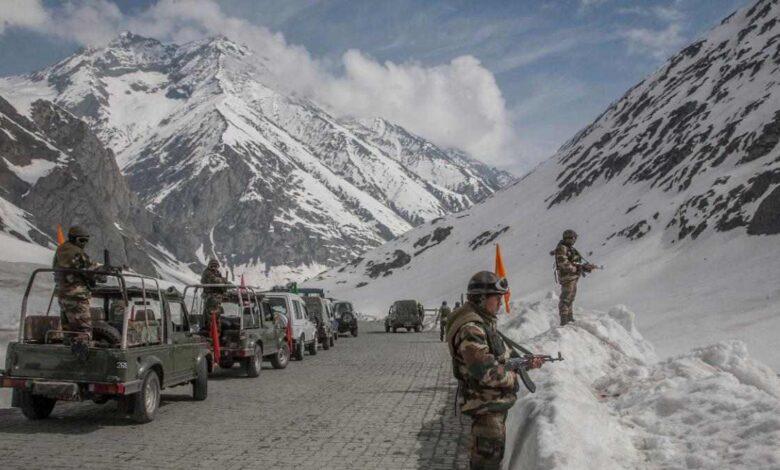 Via Defense Aviation Post
Via Defense Aviation Post